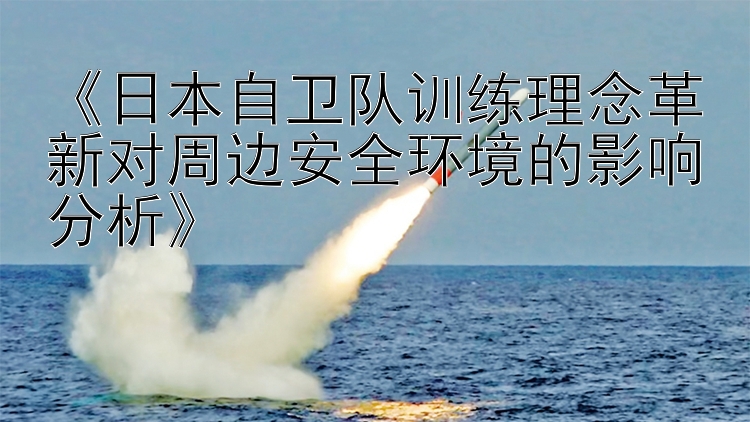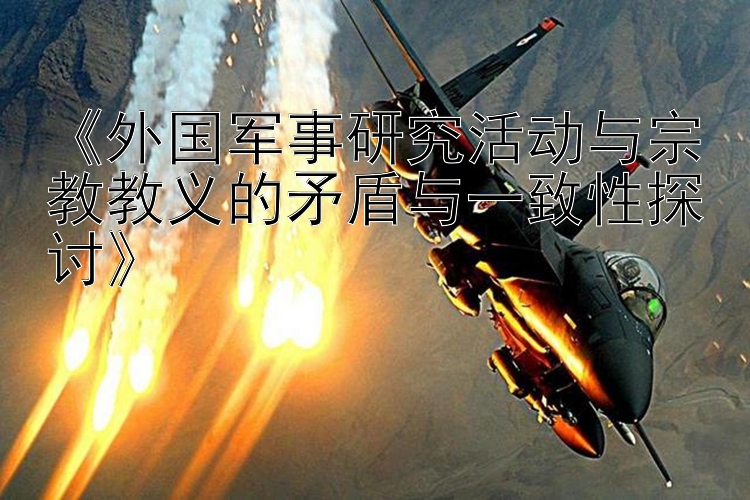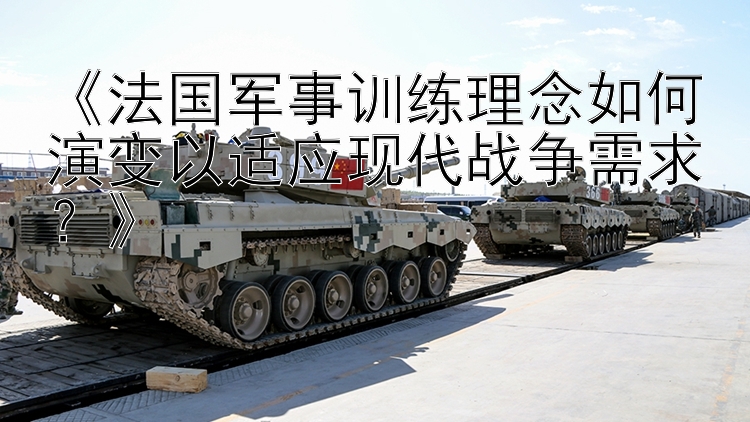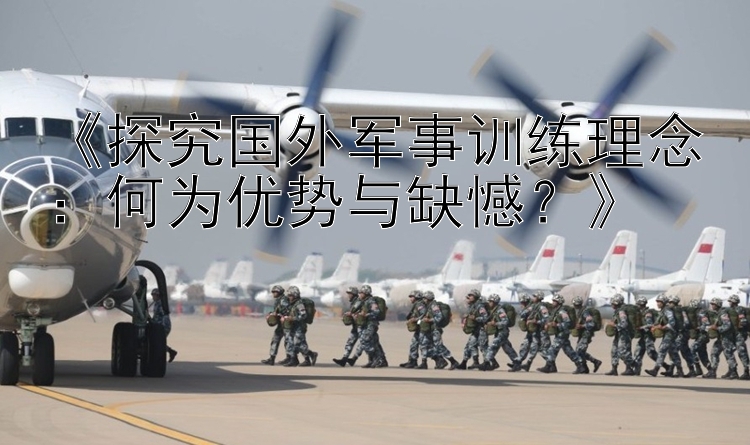еңЁеҪ“д»ҠеӣҪйҷ…е®үе…ЁзҺҜеўғдёӯпјҢеҢ—еӨ§иҘҝжҙӢе…¬зәҰз»„з»ҮпјҲNATOпјүдҪңдёәдёҖдёӘйҮҚиҰҒзҡ„еҶӣдәӢиҒ”зӣҹпјҢе…¶жҲҗе‘ҳеӣҪзҡ„еҶӣдәӢи®ӯз»ғзҗҶеҝөж—ўдҪ“зҺ°еҮәдёҖиҮҙжҖ§пјҢд№ҹ contains a variety of differences. This article aims to explore the ways in which NATO's military training philosophy demonstrates both unity and diversity, shedding light on how these principles are applied across member states while also highlighting unique approaches that reflect individual national security priorities.
The Core Principles: A Common Thread
At its core, NATO is united by a set of fundamental values, including democracy, individual liberty, human rights, and the rule of law. These guiding principles inform the organization's approach to military training, ensuring that all members adhere to certain standards of professionalism, ethics, and interoperability. The alliance-wide focus on collective defense means that NATO forces must be able to operate seamlessly together when called upon. As such, there is significant emphasis placed on standardized training protocols, shared doctrine, and equipment compatibility.
One example of this uniformity can be seen in NATO's Military Committee, where senior military representatives from each member state meet regularly to discuss common security challenges and coordinate responses. They work towards harmonizing strategies for operational readiness, ensuring that every nation contributes effectively to the alliance's overall strength. Additionally, exercises like those conducted under the Partnership for Peace program allow non-member countries to participate in joint drills with NATO partners, fostering cooperation and enhancing interoperability among participating nations.
Divergent Needs and Approaches
Despite these unifying factors, however, significant variations exist within NATO's military training practices due to geopolitical realities, historical legacies, and cultural nuances. Each country brings its own strategic environment into play when developing and implementing its national defense policies. For instance, some Eastern European countries have greater experience dealing with direct threats along their borders and may prioritize training for high-intensity combat scenarios over other types of operations. In contrast, Western European countries might place more emphasis on peacekeeping missions or humanitarian assistance efforts given their recent history of conflict resolution through international organizations like the UN.
Moreover, technological advancements and economic capabilities influence what type of modern warfare systems different countries choose to invest in and train with. Some members may opt for cutting-edge cyber warfare programs or unmanned aerial vehicles (UAVs) as part of their future force structures; others may continue to rely heavily on traditional ground troops equipped with proven armored vehicles. Furthermore, language barriers can impact communication during multinational exercises even if standard English is used operationally вҖ“ something that requires constant attention and effort to mitigate.
Conclusion
In conclusion, although NATO's commitment to collective defense provides a strong foundation for consistent military training objectives throughout the alliance, there remain distinct differences between member states based on geography, culture, past experiences with conflict, available resources, and evolving security concerns. By recognizing both the similarities and disparities inherent in NATO's approach to preparing its armed forces for action worldwide, we gain insight into how complex multilateral relationships function within today's global community вҖ“ often balancing competing interests yet always striving toward mutual understanding and effective collaboration at an individual level.




